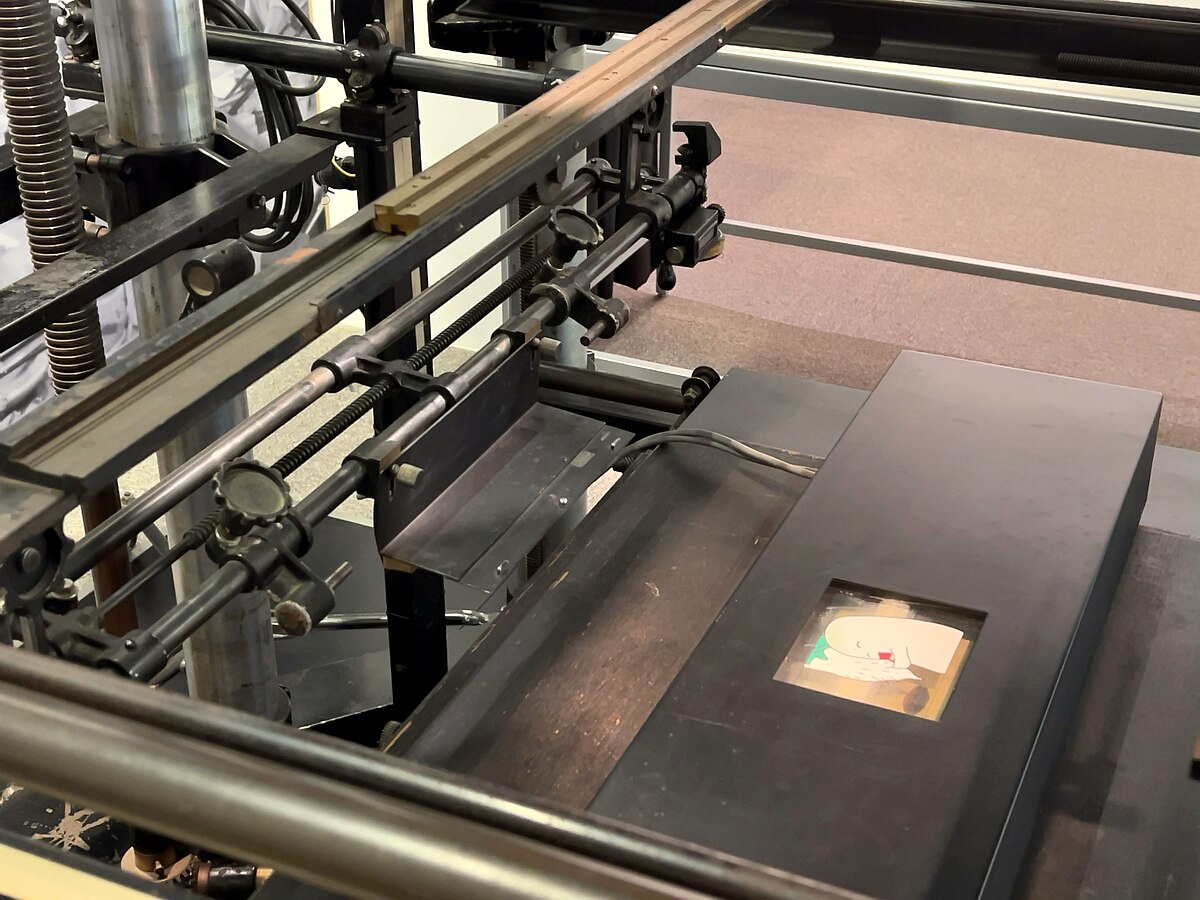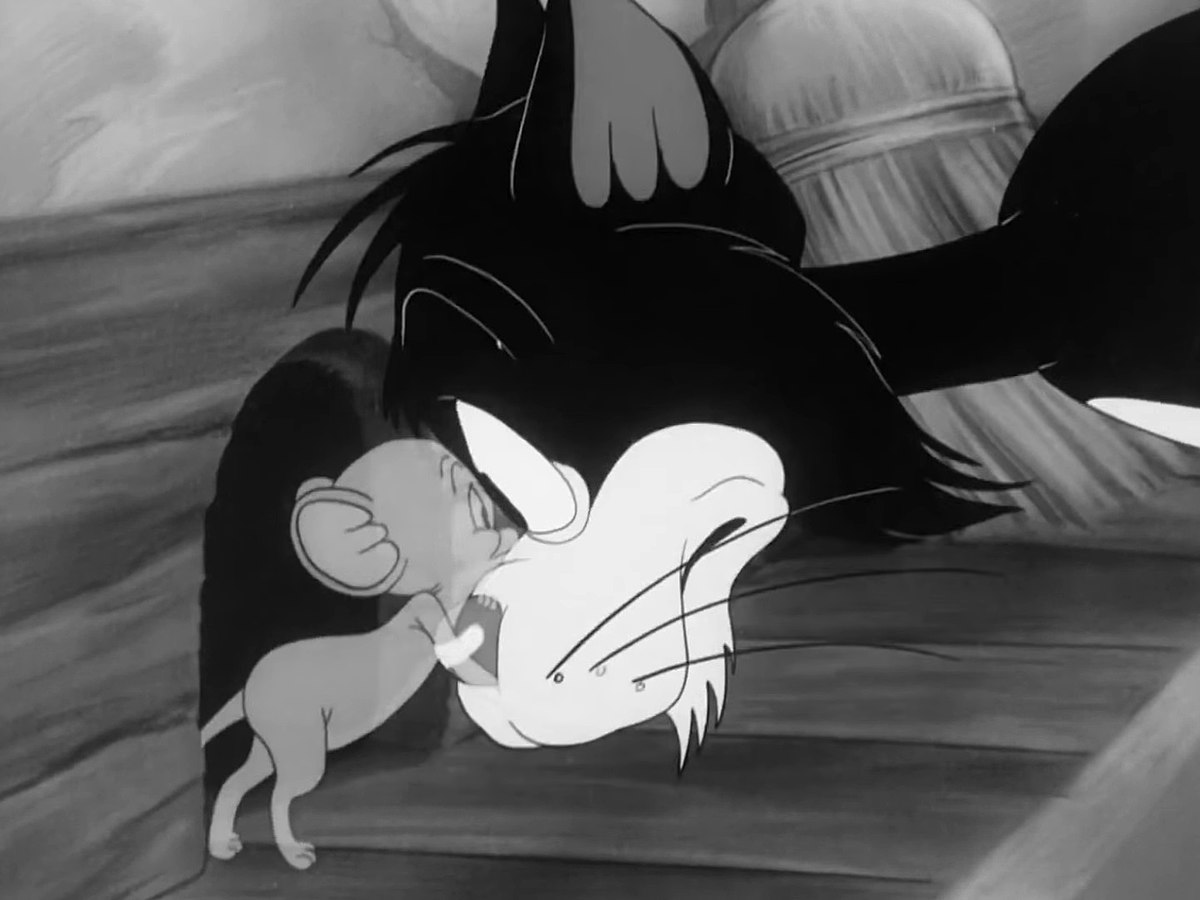Cel animation, a technique that revolutionized the world of animated films, marks a fascinating chapter in the history of cinema. This method, which involves hand-drawing images on clear celluloid sheets and photographing them against painted backgrounds, brought characters and stories to life in a way never seen before.
In this article, we’ll explore how cel animation developed and its profound impact on early animated films. From the first flickers of motion on screen to the creation of iconic characters, cel animation not only changed the way stories were told but also paved the way for the animation industry as we know it today. Join us as we journey through the colorful and vibrant world of cel animation and its role in shaping the art of storytelling in film.
The Birth of Cel Animation
Cel animation, a cornerstone in the world of animated filmmaking, originated in the early 20th century. It involves creating animations using hand-drawn images on transparent celluloid sheets, known as cels. This innovative technique transformed the animation landscape, allowing for more complex and fluid animations than ever before.
The invention of cel animation is a milestone in the history of animation, marking a departure from earlier methods like stop-motion or cut-out animation. Its development was a response to the need for a more efficient way to produce animated films that could tell more intricate and engaging stories.
Key figures in the development of cel animation include Winsor McCay, known for his groundbreaking work on “Gertie the Dinosaur,” and Max Fleischer, creator of the famous “Betty Boop” and “Popeye” series. Their innovative approaches and artistic styles set the standard for future animators and laid the groundwork for the industry’s growth. Walt Disney Studios also played a pivotal role, particularly with the release of “Snow White and the Seven Dwarfs,” which showcased the potential of cel animation in full-length feature films.
Cel animation began as a labor-intensive process involving drawing each frame by hand. The introduction of the animation camera and other technological advancements allowed for more efficient production and greater artistic expression. These early films were black and white; the advent of Technicolor brought a new dimension to animated films, allowing them to be more vibrant and visually appealing.
The early days of cel animation saw the creation of masterpieces that remain iconic to this day. Films like Disney’s “Steamboat Willie,” featuring Mickey Mouse, and “Snow White and the Seven Dwarfs,” the first full-length animated feature, showcased the storytelling and artistic possibilities of cel animation. These films not only entertained but also demonstrated the medium’s potential for emotional depth and narrative complexity.
Technical Process of Cel Animation
Cel animation, a technique synonymous with classic animation, involves a meticulous process of drawing and photographing individual frames. Each frame represents a single image in a sequence that, when played rapidly, creates the illusion of movement. The term ‘cel’ is short for celluloid, the transparent material used for this process.
Materials and Preparation
The primary materials used in cel animation include celluloid sheets for the character drawings and detailed backgrounds, usually painted on heavier paper or board. Animators use special inks and paints that don’t smear or fade on the celluloid sheets. Before the actual animation process begins, a storyboard is created, and character models are designed to ensure consistency throughout the animation.
Step 1: Creating the Key Frames
The animation process begins with the creation of keyframes. These frames represent critical points of motion in the animation, like the start and end of a character’s movement. Highly skilled artists, known as key animators, draw these frames, setting the motion’s tempo and path.
Step 2: Inbetweening
Once keyframes are established, in-betweeners or junior animators create the frames that fill the gaps between keyframes. These ‘inbetweens’ are crucial for ensuring smooth motion in the final animation. The number of inbetween frames can vary, depending on the required fluidity and speed of the animation.
Step 3: Transferring to Cels
The drawings are then transferred onto the transparent celluloid sheets. Initially, this was done by tracing, but later techniques, like xerography were used to streamline the process. Each cel corresponds to one frame of the animation.
Step 4: Painting the Cels
After tracing, the cels are painted on the reverse side. This step requires precision, as each color must be applied without overlapping errors or inconsistencies. The painting process gives life and vibrancy to the animation.
Step 5: Photography and Backgrounds
The painted cels are then placed over static backgrounds and photographed one frame at a time. This process is conducted using an animation camera, usually in a specially designed room or space that allows for precise control over lighting and framing.
Step 6: Final Assembly and Synchronization
The photographed frames are compiled and run in sequence to create the animated scene. If the film includes sound, this stage also involves synchronizing the audio with the animation, a process that requires careful timing and attention to detail.
Cel Animation’s Advantages and Challenges
Advantages of Cel Animation
From the distinct artistic expression to the fluidity of motion it can achieve, cel animation has left an indelible mark on how animated stories are brought to life. In this section, we delve into the key advantages of cel animation, exploring how this technique has enhanced the art of storytelling through animation and why it continues to be revered even in the digital age.
- Artistic Expression and Detail: One of the most significant advantages of cel animation is its capacity for intricate artistic detail. Artists could infuse each frame with a unique style, making animations visually rich and engaging.
- Smooth Motion: Cel animation allows for smooth, fluid motion that is difficult to achieve with earlier animation techniques. The process of inbetweening ensures that movements are more lifelike and smoother.
- Control Over Each Frame: Animators have complete control over each frame in cel animation. This meticulous control enables the creation of complex sequences and precise synchronization with soundtracks.
- Timelessness and Nostalgia: Cel animation carries a classic, timeless quality. The hand-drawn nature of the frames provides a level of warmth and nostalgia that is highly valued, even in today’s digital era.
- Versatility in Artistic Styles: Cel animation is not limited to a specific style. It can adapt to various artistic visions, from realistic to highly stylized forms.
Challenges of Cel Animation
While cel animation has been celebrated for its artistic beauty and expressiveness, it’s not without its challenges. Let us explore these obstacles and understand how they have influenced the shift towards digital techniques and what they mean for the legacy of this classic animation style:
- Labor-Intensive Process: Cel animation is extremely time-consuming, requiring hours of work for just a few seconds of footage. This labor intensity makes it a costly and demanding process.
- Physical and Environmental Limitations: The materials used in cel animation, like celluloid and specific inks, can be delicate and susceptible to damage. Environmental factors like temperature and humidity can affect the materials used.
- Storage and Preservation Issues: Preserving celluloid cels can be challenging. Over time, cels can deteriorate if not stored properly, leading to the loss of historical animation works.
- Limited Correction Options: Once a cel is painted and photographed, making corrections can be difficult and sometimes requires redoing the frame entirely, adding to the time and expense of the process.
- Transition to Digital: With the advent of digital animation, cel animation became less common, posing challenges in terms of adapting to new technologies and techniques. Many skills specific to cel animation are no longer as widely practiced.
Despite its challenges, cel animation played a pivotal role in the development of the animation industry. Its advantages in terms of artistic expression and smooth motion have left a lasting impact on the way animated stories are told. While modern techniques have surpassed cel animation in terms of efficiency, the charm and artistic quality of cel animation continue to influence animators and captivate audiences worldwide.
Iconic Early Films and Series
The golden era of cel animation gave birth to a plethora of iconic films and series that left a lasting impact on the animation industry and popular culture. These works not only demonstrated the artistic potential of cel animation but also set a high standard for storytelling and visual appeal.
Disney’s Pioneering Works
- “Snow White and the Seven Dwarfs” (1937): The first full-length animated feature film in color and with sound, this Disney classic showcased the full potential of cel animation, setting the bar for future animated films.
- “Fantasia” (1940): A blend of classical music and imaginative visuals, “Fantasia” was an ambitious project that pushed the boundaries of cel animation in terms of synchronization with music and artistic creativity.
Warner Bros. and Looney Tunes
The Looney Tunes series, including iconic characters like Bugs Bunny, Daffy Duck, and Porky Pig, became synonymous with cel animation’s golden age. These shorts were known for their humor, timing, and distinct animation style.
The Fleischer Studios’ Contributions
- “Betty Boop” and “Popeye” Series: Fleischer Studios made a significant mark with these series, known for their unique style, fluid animation, and appeal to both children and adults.
Other Notable Films and Characters
- “Tom and Jerry” by MGM: This series of comedy shorts featured the mischievous antics of a cat and mouse, becoming one of the most beloved animated series in history.
- “Fantasmagorie” (1908) by Émile Cohl: Often considered one of the first fully animated films, this short demonstrated the creative potential of animation at its early stages.
Impact on the Animation Industry and Popular Culture
Cel animation, a groundbreaking technique that emerged in the early 20th century, has had a profound impact on both the animation industry and popular culture. Its influence extends beyond the creation of memorable characters and stories, shaping the way we perceive and consume animated content.
Revolutionizing the Animation Industry
It introduced a standard for producing animated content, influencing the techniques and workflows still used in animation today. The detailed and fluid nature of cel animation raised the bar for quality in animated films and series, setting expectations for both audiences and creators.
Commercial Success and Expansion
Cel animated films like Disney’s classics not only achieved critical acclaim but also saw immense commercial success, establishing animation as a profitable sector in the entertainment industry. The popularity of characters from cel animation led to extensive merchandising, creating a significant impact on the economy and consumer culture.
Cultural Influence
Characters like Mickey Mouse, Bugs Bunny, and Betty Boop became cultural icons, transcending the boundaries of animation and becoming ingrained in global popular culture. The artistic styles developed in cel animation influenced various forms of art and design, inspiring generations of artists and designers.
Paving the Way for Future Innovations
The challenges and limitations of cel animation spurred technological innovations, leading to the development of computer-generated imagery (CGI) and other modern techniques. The storytelling and artistic capabilities showcased in cel animation laid the groundwork for more complex and diverse narratives in animated films.
Enduring Legacy
There is also a strong sense of nostalgia associated with cel animation, leading to revivals and reimaginations of classic animated films and series. Cel animation continues to be studied and appreciated in academic settings, highlighting its importance in the history of film and animation.
The impact of cel animation on the animation industry and popular culture is undeniable. It revolutionized the way animated content is created and consumed, leaving a legacy that continues to influence and inspire. The charm, creativity, and innovation of cel animation have cemented its place in the annals of cinematic history and popular culture.
In addition to cel animation, another technique called “chronophotography” is also influential in the evolution and advancement of animation. To know more about this technique, check out our article, What is Chronophotography? And What are its Links to Animation?
Conclusion
In conclusion, cel animation stands as a pivotal chapter in the history of film and animation. Its introduction not only revolutionized the animation industry with its artistic depth and technical innovation but also left a lasting imprint on popular culture. Characters and stories born from cel animation have become timeless, transcending generations and continuing to captivate audiences worldwide. As we look back at the legacy of cel animation, we appreciate its significant role in shaping the animated world we enjoy today, reminding us of the power of creativity and storytelling in animation.



